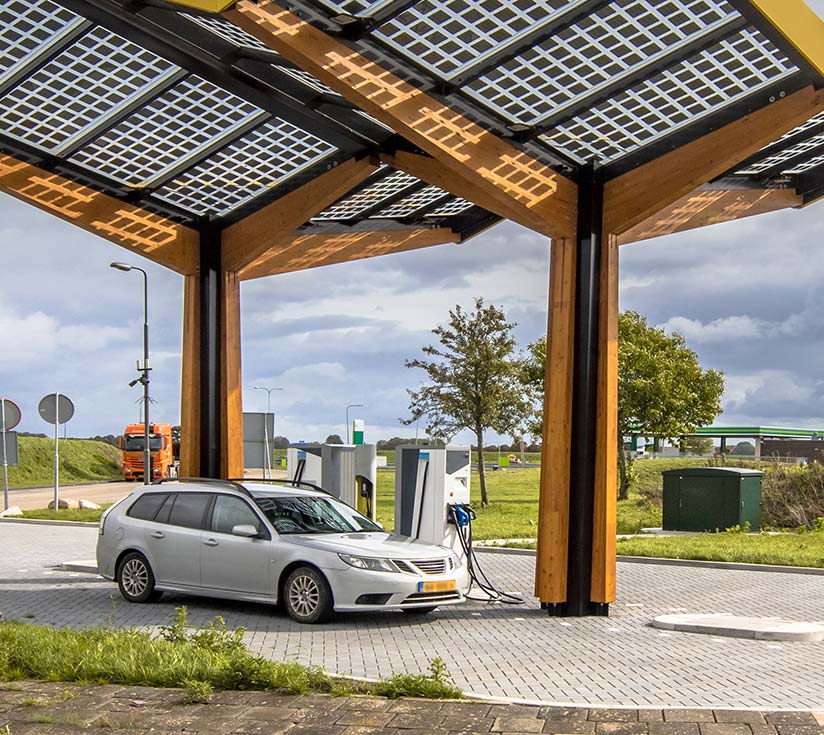The environmental Sticker must be placed on the windscreen of your vehicle, in the lower right corner. If the vehicle does not have a windscreen, the environmental Sticker must be displayed in a visible place.
The environmental Stickers objective is to identify the most environmentally friendly vehicles in high pollution areas, mainly large cities with traffic restrictions.
The Sticker is voluntary, except to access specific densely populated areas with restricted access to low-pollution vehicles.
There are 4 types of Stickers, depending on the vehicles contaminating potential:
1. Zero emissions Sticker: Is blue, and it applies to:
Battery-powered electric vehicles (BEV)
Electric vehicles with extended range (REEV)
Plug-in hybrid electric vehicles (PHEV) with a minimum range of 40 km
Fuel cell vehicles
2. Eco Badge: Is green and blue Sticker, applied to:
Plug-in hybrid vehicles with a range of less than 40km
Non-plug-in hybrid vehicles (HEV)
Natural gas-powered vehicles
· Vehicles powered by natural gas (CNG and LNG) or liquefied petroleum gas (LPG)
3. Badge C: Is green, and it applies to:
Passenger cars and light petrol vans, registered from January 2006
· Diesel passenger cars and light vans registered from 2014
Vehicles of more than 8 seats, gasoline or diesel, registered from 2014
Gasoline vehicles must comply with the Euro 4.5 and 6 standard, and diesel with Euro 6
4. Badge B: It is the yellow badge, and it applies to:
Passenger cars and light petrol vans registered from January 2000
· Diesel passenger cars and light vans registered from January 2006
· Vehicles of more than 8 seats, gasoline or diesel, registered from 2005
Gasoline vehicles must comply with the Euro 3 standard, and diesel ones with Euro 4 and 5.
To obtain a Sticker for your vehicle, you can personally go to your nearest Post Office or request it remotely through Paperwork.es
Another kind of sticker is the ITV sticker. You can read about it here:
(enlace al post The stickers of your car: The ITV Sticker)








